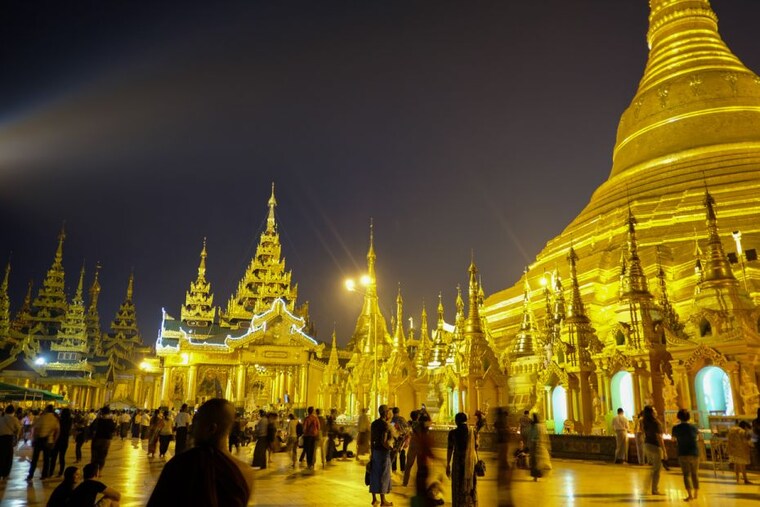A living spectacle: The popular landmarks of Asia
TripAdvisor, the world’s largest travel site, announced the winners of its Travellers’ Choice® awards for Landmarks. Winners were determined using an algorithm that took into account the quantity and
May 28, 2018, 14:10 IST2 min

Image by Shutterstock
2/5
Image by Shutterstock
3/5
Image by Shutterstock
4/5
Image by Shutterstock
5/5
Image by Shutterstock
Photogallery
- Home /
- Photogallery /
- Slideshow /
- A-living-spectacle-the-popular-landmarks-of-asia
Advertisement
Advertisement